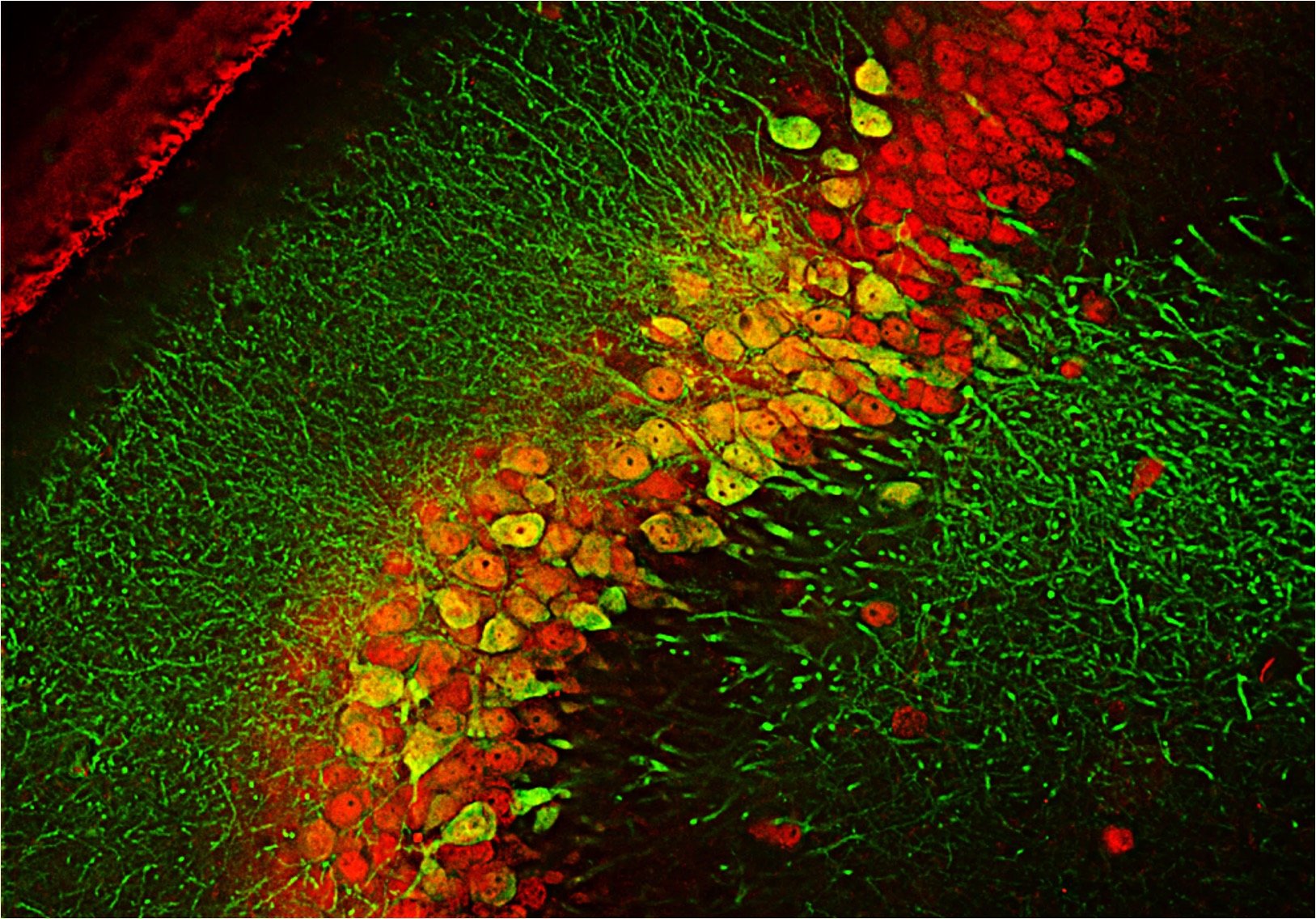GM3 Synthase Deficiency Investigators

Guangping Gao, PhD
Co-Director, Li Weibo Institute for Rare Diseases Research, Director, Horae Gene Therapy Center and Viral Vector Core, Professor of microbiology and physiological systems, Penelope Booth Rockwell Professor in biomedical Research
Gao Lab


